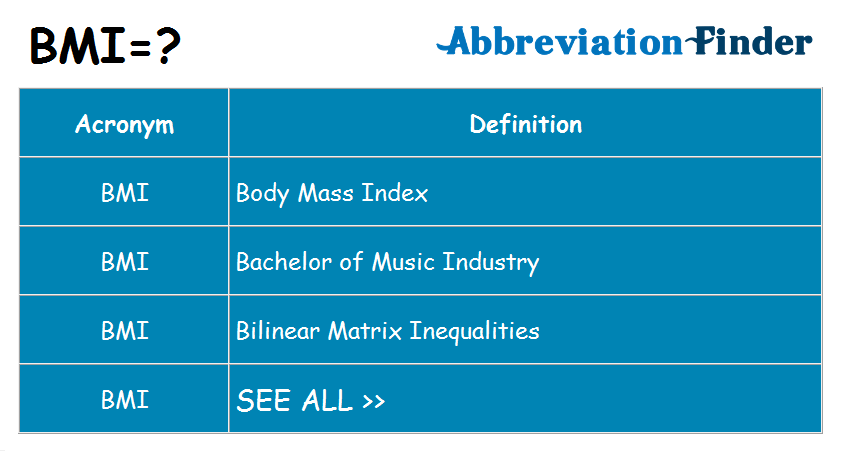What is BMI?
BMI stands for Body Mass Index and it is a measure of the weight of each person, being a relation between the mass of the person and his height.
This is an international reference measure recognized by the World Health Organization but does not directly measure body fat, because it does not address the lean mass, fat mass, fluids, and bone structure of the person in question.

The method of calculating BMI is simple and fast and allows a general assessment to determine whether a person is at risk of obesity.
To determine BMI, simply divide the weight of the individual (mass) by its height squared. The mass shall be defined in kilograms (kg) and the height in meters.
Therefore, the calculation formula of BMI = mass / (height x height). For example, a person who weighs 58 kilos and measures 1.65 meters will result in a BMI of 21.3. According to the reference data, this person has a weight appropriate to the height.
The reference data for an adult are indicated below:
<18.5 – Underweight
18.5-24.9 – Normal
25.0-29.9 – Overweight
30.0-34.9 – Slight Obesity (Grade I)
35.0-39.9 – Severe Obesity (Grade II)
> 40.0 – Morbid Obesity (Grade III)
It is important to remember that this table is not valid for children. The children’s BMI has a specific table that should be checked over time. This is because children tend to lose weight as they grow.
One limitation of BMI is that not always a high figure means that the person is obese. For example, a person with lots of muscle mass and low fat mass may have a high BMI (depends on their height) and yet is not obese.
Another formula for calculating body fat is called RIP (Reciprocal of the Ponderal Index) and is calculated by dividing the height (in centimeters) by the cubic root of the weight (in kilos).
